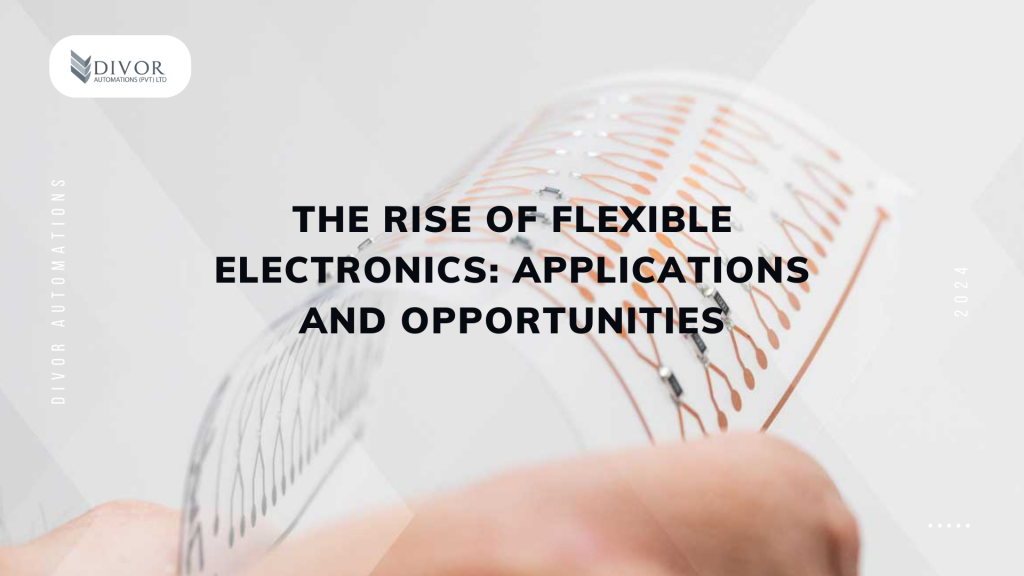The wearable technology market is rapidly transforming the landscape of consumer electronics, seamlessly integrating advanced functionality with fashion and convenience. From fitness trackers and smartwatches to augmented reality glasses and medical devices, wearables are reshaping how we interact with technology. These devices are not only providing real-time data and enhancing our day-to-day lives but are also paving the way for revolutionary advancements across industries.
What Is Wearable Technology?
Wearable technology refers to electronic devices designed to be worn on the body, often incorporating sensors, processors, and wireless connectivity. These gadgets deliver information, provide health insights, and enable communication, all while maintaining a compact and comfortable form factor.
Core Features of Wearables:
- Portability and convenience.
- Integration with smartphones and other devices.
- Data tracking and real-time feedback.
- Aesthetic design for style-conscious consumers.
Current Applications of Wearable Technology
1. Health and Fitness
The health and fitness sector has been the driving force behind the popularity of wearables.
- Fitness Trackers: Devices like Fitbit and Garmin monitor steps, calories, heart rate, and sleep patterns.
- Smartwatches: Apple Watch and Samsung Galaxy Watch integrate fitness tracking with smartphone capabilities.
- Medical Wearables: Continuous glucose monitors (CGMs), blood pressure cuffs, and ECG monitors are transforming patient care.
2. Smart Accessories
Wearable tech has expanded into everyday accessories with smart functionalities.
- Smart Glasses: Augmented reality (AR) devices like Google Glass and Meta’s AR glasses overlay digital information onto the physical world.
- Smart Rings and Jewelry: Minimalist designs like the Oura Ring track health metrics discreetly.
3. Communication and Entertainment
Wearables enhance connectivity and entertainment by offering innovative interfaces and immersive experiences.
- Wireless Earbuds: Devices like Apple AirPods and Sony WF-1000XM5 deliver high-quality audio with noise-canceling and voice assistant integration.
- VR Headsets: Oculus Quest and HTC Vive provide immersive gaming and media experiences.
4. Workplace Productivity
Wearables are being adopted in workplaces to improve efficiency and safety.
- Augmented Reality Glasses: Used in manufacturing and logistics for hands-free instructions and real-time data access.
- Wearable Sensors: Devices that monitor worker fatigue, posture, and environmental hazards.
5. Fashion and Lifestyle
The fusion of technology with fashion is creating a new wave of stylish yet functional wearable tech.
- Smart Clothing: Athletic wear with embedded sensors that track muscle activity and breathing.
- Wearable Cameras: Devices like GoPro HERO enable on-the-go video recording for adventurers and content creators.
Emerging Trends in Wearable Technology
1. Advanced Health Monitoring
Wearables are evolving to include more advanced medical capabilities, such as:
- Blood Glucose Monitoring: Non-invasive sensors for diabetics.
- Mental Health Tracking: Devices that analyze stress, mood, and cognitive patterns.
- Rehabilitation Devices: Wearables that assist in physical therapy and post-surgery recovery.
2. AI-Powered Insights
Artificial intelligence (AI) is enabling smarter wearables by analyzing data and providing personalized recommendations.
- AI Coaches: Fitness apps that offer tailored workout plans.
- Predictive Health Alerts: Early detection of conditions like atrial fibrillation or dehydration.
3. Integration with IoT
Wearables are becoming key components of the Internet of Things (IoT), connecting seamlessly with other smart devices.
- Smart Homes: Wearables that control lights, thermostats, and security systems.
- Smart Cars: Integration with in-car systems for navigation and media.
4. Energy Efficiency and Sustainability
Developers are focusing on energy-efficient designs and sustainable materials.
- Self-Charging Wearables: Devices that harvest energy from body heat or motion.
- Eco-Friendly Materials: Use of recycled or biodegradable components.
5. Augmented Reality and Mixed Reality
AR and mixed reality wearables are expanding into new realms, such as gaming, education, and remote collaboration.
Challenges and Considerations
1. Privacy and Security
Wearables collect sensitive personal data, raising concerns about privacy breaches and data misuse.
- Solution: Companies must prioritize robust encryption and transparent data policies.
2. Battery Life
Limited battery life can hinder the functionality and convenience of wearables.
- Solution: Innovations in battery technology and energy harvesting are addressing this issue.
3. Cost and Accessibility
High prices can make wearables inaccessible to many consumers.
- Solution: Scaling production and adopting cost-effective materials will help democratize wearable technology.
4. Design and Comfort
Balancing functionality with aesthetics and comfort remains a challenge.
- Solution: Collaboration between tech companies and fashion designers is improving wearable designs.
The Future of Wearable Technology
The future of wearables lies in their ability to become more intuitive, invisible, and indispensable. Emerging developments include:
- Implantable Devices: Wearable tech moving beneath the skin for seamless monitoring.
- Biosensors: Devices capable of real-time chemical analysis for health diagnostics.
- Multi-Device Ecosystems: Wearables functioning as part of a network, collaborating with other devices for smarter interactions.
As technology advances, wearable tech will become more personalized, offering not just convenience but also profound insights into health, productivity, and lifestyle.
Conclusion
Wearable technology represents the next frontier of consumer electronics, merging functionality with style to create devices that enhance our lives in meaningful ways. From improving health and fitness to enabling smarter workplaces and immersive experiences, wearables are shaping the future of how we interact with technology.
As innovation continues, wearable tech will not only adapt to our needs but anticipate them, offering a seamless blend of intelligence and utility that empowers users in every aspect of life. The future is wearable, and it’s already here.






